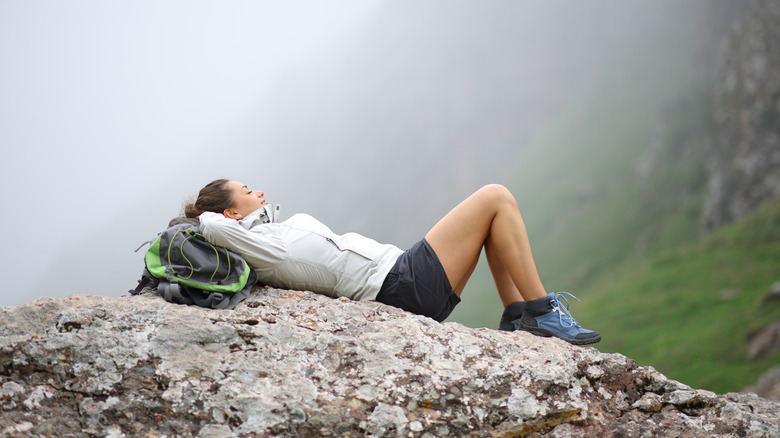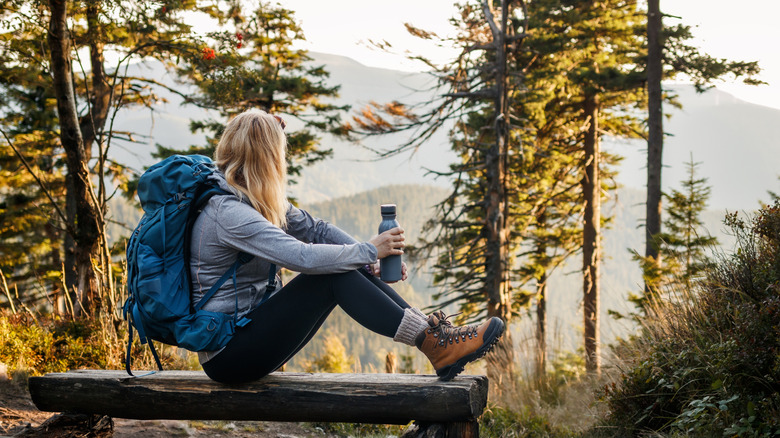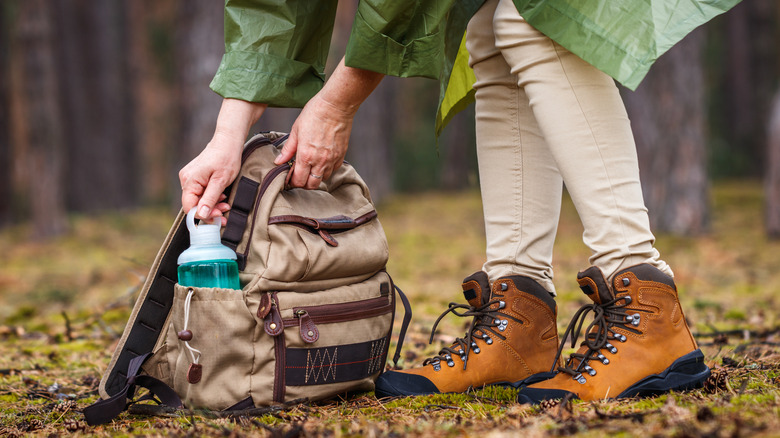When you’re high up in the mountains (say, 13,000 feet in Colorado), thin air gradually sets in. Then you begin to feel nauseous, dizzy, and short of breath. One thing could quickly come to mind: altitude sickness. And most of the time, it actually is. But be careful; there’s a similar, sneaky culprit you need be aware of. The culprit? That’s hyponatremia, a medical condition whereby the sodium or salt level in the blood is abnormally low, often due to excessive intake of water or losing too much sodium from your body. It can especially occur during or after a strenuous activity or exercise like hiking; in this case, it may also be called exercise-associated hyponatremia (EAH).
When you’re in the mountains hiking and all sweaty, and you’re just gulping water without replacing your electrolytes, your body — and your brain especially — could get thrown out of balance, leading to confusion and dizziness. The danger here is that you might erroneously continue hydrating yourself as a measure to get rid of altitude sickness, since its symptoms are similar to that of hyponatremia. But more water only makes things worse or even deadly, as it can lead to over-hydration, potentially bringing up this insidious low-blood-sodium culprit called EAH. So it’s very important to know the difference before you hit the trail.
Why you should avoid over-hydration at high elevation
It’s common wisdom that staying hydrated is one way to help avoid altitude sickness, but overdoing this is equally dangerous. Too much water during stressful hiking can dilute your sodium levels — in addition to sweating, which also contributes to sodium loss — altogether leading to hyponatremia. In relation to this, The Wilderness Medical Society (via Sage Journals) explains that “the primary mechanism leading to the majority of EAH cases is overconsumption of hypotonic fluids.” This includes water and certain sports drinks.
A tragic example was the case of a hiker who experienced brain swelling after a severe episode of hyponatremia (as published by Wilderness and Environmental Medicine via ResearchGate). At Grand Canyon National Park, this hiker drank excessive amounts of water during a five-hour hike, leading to several complications. Sadly, she couldn’t be saved despite being rushed to the nearest hospital. “She never regained consciousness and died of severe cerebral edema [brain swelling] less than 24 hours later,” the publication explained. One key thing this occurrence emphasizes is the importance of knowing how to be safety-conscious, especially when hiking alone.




